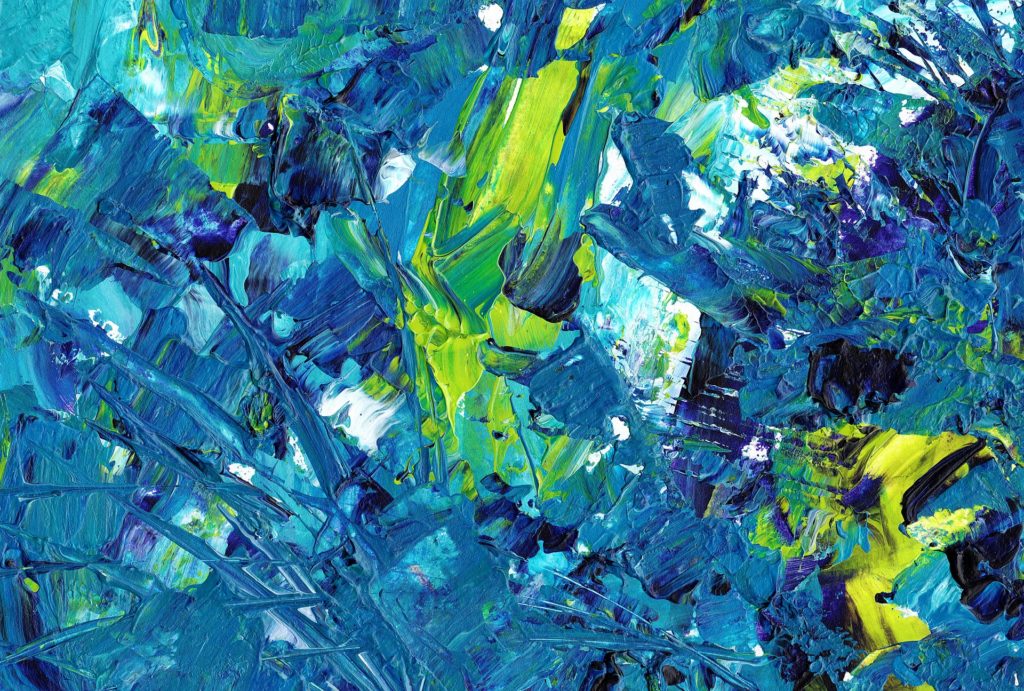Make a mess
It’s the end of term, and I’ve spent an amount of the last few weeks talking to undergraduate students at Middlesex University about their big written projects, due in early May. They are, as ever, in various stages of completion: from almost full drafts, to agonising blank pages. And it is courtesy of the blank pagers that I’ve come up with this week’s post.
The students who are struggling to write something basically have one thing in common: they are worried about Getting It Wrong. They fear writing in the wrong direction, away from the point they think they should be making; they fear bad grammar and constructing nonsense and not giving enough detail, or indeed of giving too much of the wrong detail. These are the anxieties that leave them crippled at the sight of the little cursor blinking away at the top of the pristine, untouched Word document.
To each and every one of them, I have said the same thing: start writing. Get it wrong. Make a mess. Type pages of nonsense. Rescue the sentences that you think are worth keeping. Have a go. Write. Something.
Of course, because they were mostly born around 1998, they don’t remember what all this was like before computers for all assignments. If you got it wrong longhand, on lined paper, it was more of an issue. Or on a typewriter, indeed. But one of the many beauties of the computer is that until you hit print, what you’re writing is not a fixed entity. You can mess up and it doesn’t matter. (You should have seen how many times I just had to re-type ‘entity’ and all the ham-fisted gobbledegook spellings that I had to delete first… but you wouldn’t know that if I hadn’t told you, would you?) I could have written this thing with all the paragraphs in the wrong order, or with ten other paragraphs that I deleted before I posted it, or in six different fonts and colours, or in Spanish, and all of those things would be invisible at the final edit. Maybe there was originally a massive 3D-viewable image of a My Little Pony right here. But you’ll never know…

The freedom to type, delete, reorder and edit with ease can get lost in a world that has so many apparently whizzier, more spectacular technological advances in it. But it has transformed the way in which we can approach writing, and it gives us lots of freedom to play and experiment and make mistakes. As an undergraduate student typing up my own essays, I remember making a plan (longhand), then typing it up, then setting up the plan points as subtitles (later often deleted) and dumping all the various quotes and notes under each section before beginning to write. Then I witter on for paragraphs and paragraphs, save it, leave the thing for four days, come back and be so dissatisfied that I could either lose the lot, or trim it heavily, or ditch my own sentences but keep the quotations, without that involving a myriad of Tippex pots and scissors and Sellotape. (By contrast, the music examples in all of those essays are something of a mystery to me now, since they were all added using scissors and glue, and the saved file contains the occasional judiciously spaced caption and nothing else.)
Don’t think that I’m not sympathetic towards my students, though: I know just how they feel, and I’m sure we can all think of scenarios in which, for one of many possible reasons, we just don’t want to start writing something. Usually, if that happens to me, I moan out loud for a bit to no one in particular, and then make myself write something. A paragraph. A sentence. Something to get rid of the blankness in front of me. Once you start, it’s so much easier to go on. Once you write nonsense, your sense of what you do and don’t want to say solidifies. Once you’ve drafted the thing, your ability to refine, shape, view the big picture, spot the missing footnotes becomes clearer and clearer. Seeing the shape inside the block of marble is all very well, but you’ve got to start chipping to know where you’re going to go next.
The ‘tyranny of the blank page’ is familiar to all of us who create. Whether we are creating a novel, a play, a song, a symphony, a painting, a review or an essay, getting over the fear of a pure white thing that we’re about to wreck is a crucial first step. I guess I’m more the kind of person who sees the blank page – particularly on the computer screen, where every mark is malleable and removable – as an opportunity than a challenge. What goes there is your choice, and you can discard it if you want to. You will also learn from it, whatever you do with it. And you might come up with something more wonderful, beautiful, or insightful than you even realised, if you’re prepared to take the plunge. I’m with George, of Stephen Sondheim’s masterful Sunday in the Park with George, a show which ends with the words of all new beginnings: ‘White. A blank page or canvas. His favourite. So many possibilities…’

